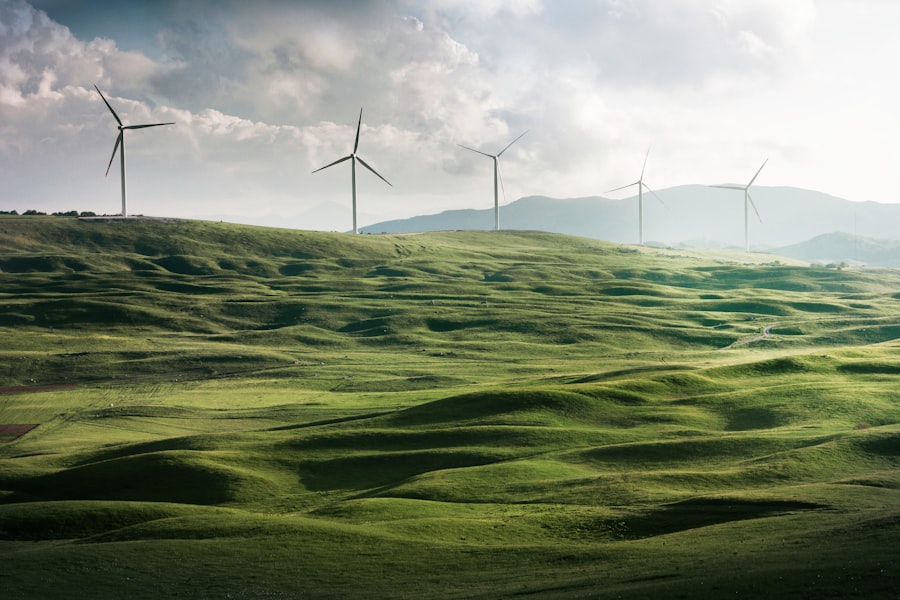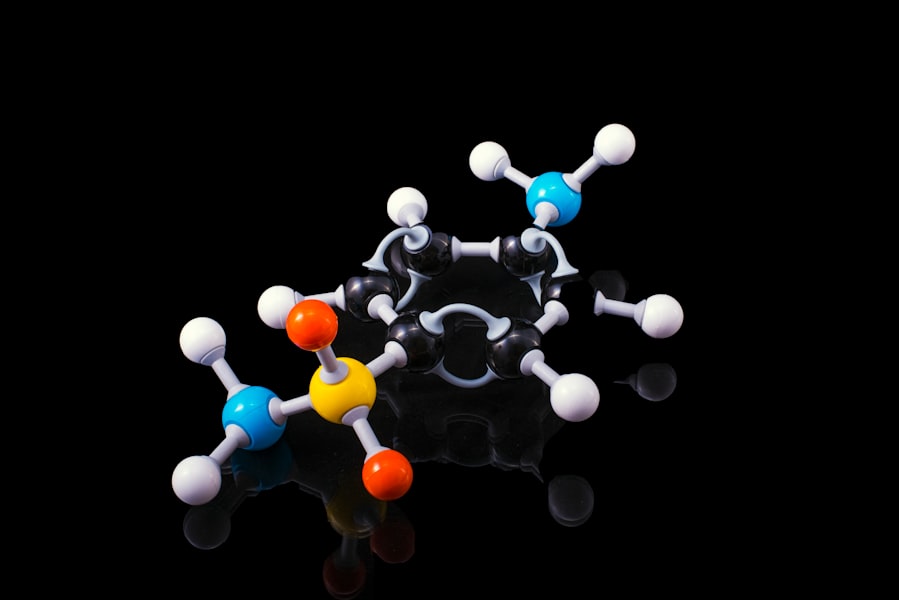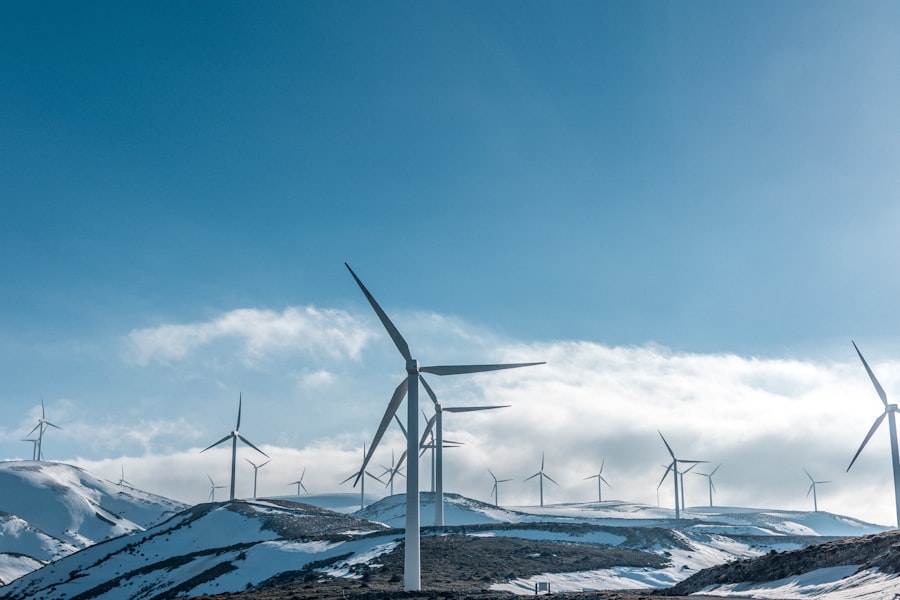
Green Hydrogen: A Clean Fuel for a Greener Future
. .
WA Premier Mark McGowan, Woodside, and Andrew Forrest are all promoting hydrogen as a clean fuel that produces water instead of climate-warming carbon dioxide when used. To make green hydrogen, renewable energy is used to split water into hydrogen and oxygen, while blue hydrogen uses the current dirty method with extra equipment to capture and bury much but not all the carbon dioxide produced. The WA government is making it easier for green hydrogen projects to secure the land they need by introducing a diversification lease. Despite the hype, the best way to reduce carbon pollution is by increasing efficiency and electrifying everything.
Hydrogen and Carbon Dioxide in Renewable Energy
Hydrogen and carbon dioxide are both important components of renewable energy. Hydrogen is the most abundant element in the universe, making up about 75% of all matter. It can be used to generate electricity through fuel cells or burned directly as a fuel. Carbon dioxide is also an important part of renewable energy, as it can be captured from the atmosphere and used to create synthetic fuels. According to the International Renewable Energy Agency (IRENA), renewable energy sources currently account for around 24% of global electricity generation, with hydrogen and carbon dioxide playing a key role in this growth. In 2018, hydrogen accounted for 8% of total global electricity generation while carbon dioxide accounted for 4%. As renewable energy technologies become more efficient and cost-effective, these numbers are expected to increase significantly over the coming years.You might also like this article: List of the 3 biggest service companies from Bern (Canton). Picture source: Sharon Pittaway




